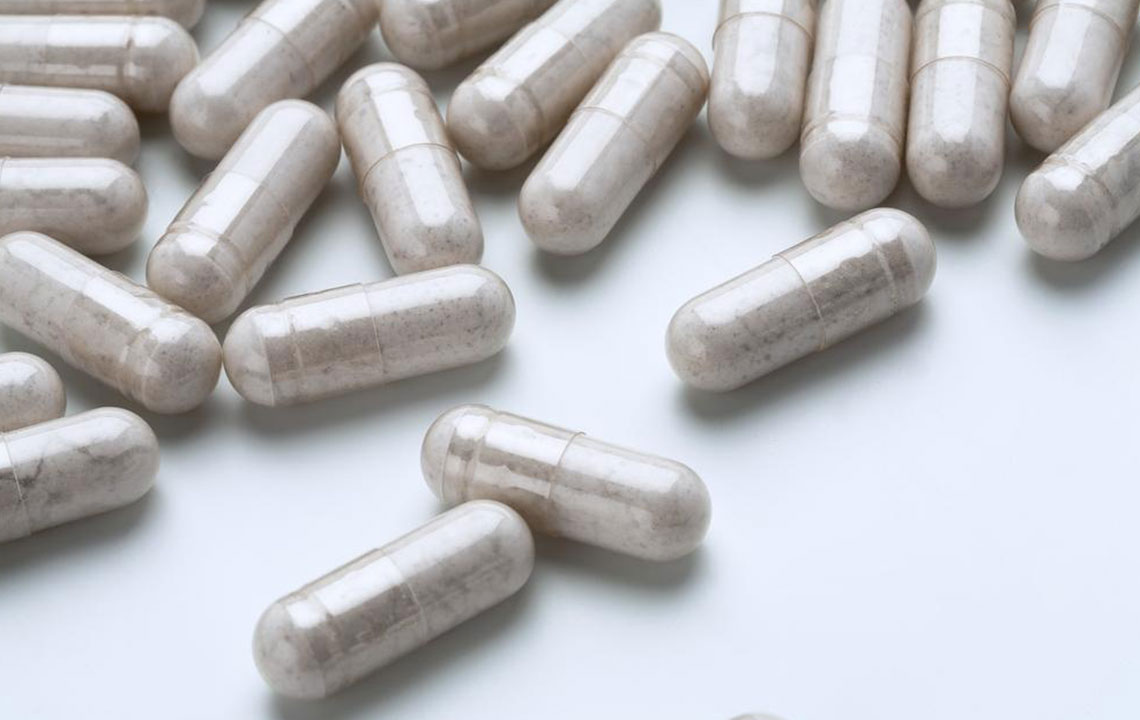The Probiotic Guide for Crohn’s Disease

Crohn’s Disease also known as Ileitis is a chronic disease that affects the bowels. Crohn’s disease is known to cause acute inflammation of the digestive tract and measurably deteriorates the quality of your life. This disease is named in honor of Dr. Burill B. Crohn who in 1932 first identified the complication. About half a million Americans suffer from the Crohn’s disease.
Symptoms Of Crohn’s Disease
- Diarrhea
- Fatigue
- Pain in the abdominal region usually accompanied by stomach cramps
- Presence of blood in your stool
- Sudden loss of weight
- Reduction in appetite
- If you’re experiencing sudden or persistent changes in your bowel movements, do visit a doctor as soon as possible
What Causes Crohn’s Disease?
Accurate causes of this disease remain untraceable. Earlier diet and stress were suspected to be causes, but doctors today believe that they are just factors that may aggravate the condition; not primarily be the reason behind it. Other factors including heredity and a dysfunctional immunity system are considered to be causes as well.
Immune System
At times, a particular bacteria or virus may trigger the Crohn’s Disease. Just like how the immune system deals with infections, the bacteria or virus are attacked by the immune system. During this period of self-defense, the immune system has a probability of viewing cells in the digestive tract as infectious cells and starts fighting these cells (which are actually necessary, non-infectious cells).
Heredity
The process of passing on genes from one generation to another could be one of the reasons behind the Crohn’s Disease. However, that’s not the case always. There are situations when a person comes down with Crohn’s in spite of the fact that none of his family members had such a disease in their medical history.
There are several methods or approaches to dealing with Crohn’s Disease, one of which includes Probiotics.
The Birth of Probiotics
Probiotics are living microbial ingredients introduced into your diet which have beneficial properties instrumental in eliminating the pathogens responsible for the Crohn’s disease from your body. The use of probiotics is a modern approach to curing Crohn’s Disease and has a lot of speculation from medical schools and institutions worldwide.
Probiotics containing diverse strains and amounts of bacteria are available on the market.
Probiotics for Crohn’s Disease
Probiotics have been very effective in the treatment of certain diarrhea by the name of Clostridium Difficile. The colon is analogous to a septic tank whose job is to solidify the liquid wastes. The colon depends on bacteria to deal with solids and release electrolytes and enough water for the process of reabsorption to happen.
A certain family of bacteria by the name of Bifidobacteria happen to be the most efficient group of bacteria at carrying out these solidification processes. There is an abundance of this bacteria during the first twelve months of your life. So, it is apparent that consuming probiotics containing a composition of Bifidobacteria will help with your Crohn’s as the body recognizes these bacteria as a part of it.
Crohn’s disease happens to be a type of IBD (Inflammatory Bowel Disease), and probiotics have turned out to be a successful method of treatment as well as prevention of the disease on a few occasions.
The usage of probiotics for maintaining the remission of Crohn’s after application of drugs or even surgery is a bright spot for this new approach in the field of medicine.
How helpful are Probiotics for Crohn’s Disease?
Research shows us that the application of probiotics for Crohn’s Disease is more efficient in the case of colonic Crohn’s in comparison with the ileum Crohn’s. Probiotics that aid in improving the gut flora may turn out to be helpful in treatment for the Crohn’s.
More about Probiotics
Probiotics may otherwise be called nature’s health food. It can stimulate the growth of good and healthy bacteria in your stomach, which may solve the Crohn’s disease or prevent it from happening.
A common example of Probiotic food would be yogurt. Other examples include fermented foods like kefir and kimchi. Yoghurts in most cases contain around six strains of healthy bacteria, and the presence of these strains in your gut will help in eliminating the less helpful or the harmful bacteria. This cycle aids in keeping the lining of your stomach healthy and the immune system strengthened.
Side Effects Of Consumption Of Probiotics
- Diarrhea
- Cramps
- Rashes
- Bloating
Make sure to keep your body hydrated when you are on probiotics. If the side effects get severe, visit your doctor immediately. Remember, probiotics are new substances that are being introduced into your body. It may take a while for your body to get used to these new food items. Although the Crohn’s Disease has no clear-cut cure, it can be treated to some extent by the application of probiotics.
Although the debate is still on regarding whether probiotics are a viable option to cure the Crohn’s, the very development of this strategy is an advancement in the field of science.


